How to Turn Your Business Content into Backlink Magnet

Creating loads of content that generates no traffic is a thankless job. If there’s no constant flow of readers to your articles, they just take the space on your server. The question is how to keep driving traffic after your article has been live for months and newer write-ups have pushed it out from the front of your blog. Visitors dig deep into content from previous years on rare occasions.
To attract visitors a long time after publication, your content must be visible in organic search. And, as you may already know, it is your backlink profile that influences its visibility. Google sees a backlink as a vote. The more sites vote for your article, the better it must be, the more reasons the engine has to suggest it to searchers. To get people to refer to your content, you must make it link-worthy. Check out ten data-proved strategies that can help you with this.
1. Share findings of your studies and surveys
Authors are willing to link to someone else’s content because it can improve their own write-ups. Their statements sound unreliable when no proven facts support them. But doing in-depth research on their own takes too much time, that’s why they prefer to attribute to a ready-made content instead.
To product authoritative content, you’ll need to analyze your market trends and survey the target audience. If you also have years of experience behind your back, you can share it as a case study. Tell what worked and what didn’t for you or how much time it took you to achieve a particular result. Authors will link to your study to prove they make well-reasoned statements, not just groundless claims.
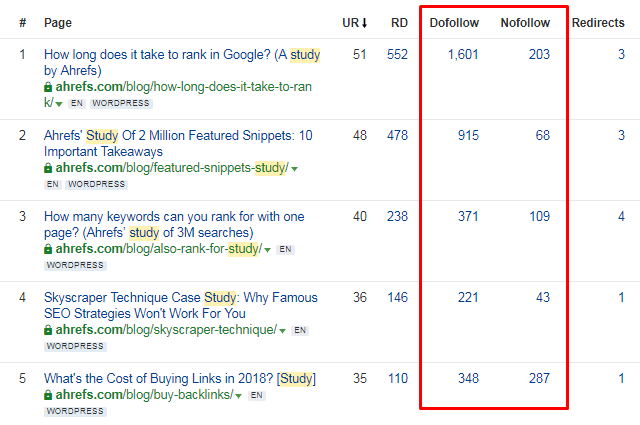
2. Share compilations of useful items
In fact, each niche has its own type of content that works in terms of link building. Studies are efficient for business and marketing, but things are different for technology and design. The most linked-to posts on such sites are compilations of various trends, tools, items like fonts and icons, whatever.
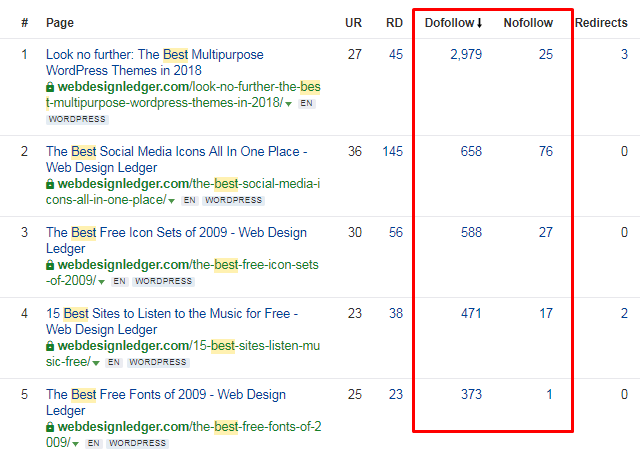
When developing a content strategy, always check what posts brought a lot of backlinks to your competitors.
3. Get people hooked on your content emotionally
The fact that you create content for business doesn’t mean it must sound as formal and complicated as a legal paper. You address to regular folks in the first place, so try to convey your message in a friendly tone. Your goal is to engage readers with your copy rather than present a dull list of your business advantages.
Let’s say you’ve heard a funny joke. More than likely you’ll want to tell it to your friends or teammates whenever you get a chance. That’s the way things work in digital marketing. People are more inclined to refer to the content that’s both informative and entertaining. If it’s inappropriate to joke, evoke any other emotions:
- wonder;
- excitement;
- sympathy;
- rage, etc.
4. Let industry influencers speak in your posts
The next type of linkbait content is called “ego bait.” The idea behind it is to contact industry influencers and interview them about hot or controversial topics in your niche. Since they’ve succeeded in their businesses, their speech will sound authoritative enough to refer to. You may also get extra backlinks from their followers once they share your interview on social media.
Some influencers may have no time for an entire interview. But you can still ask them to share a few quick tips on your topic, which you can organize into a roundup of expert opinions. As such a post will feature many influencers, its level of authority will skyrocket.
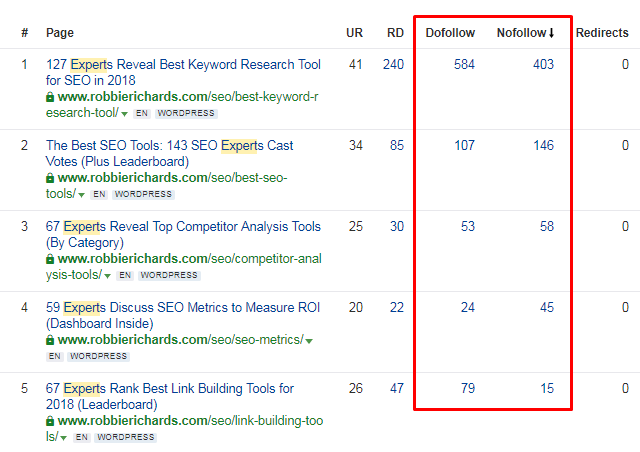
5. Create headline-worthy content
To get quality backlinks from online media, your content must have some sort of news bait. This practice is commonly called newsjacking. In simple terms, you will need to incorporate the voice of your company into headline stories.
When some breaking event takes place, journalists start browsing the web for expert opinions. To get on their radar, you must publish a compelling story on that topic with arguments, new details, pros and cons, etc. If they like your opinion piece, most likely they will link to it in their articles.
6. Visualize your data for greater engagement
While in real life a picture speaks a thousand words, in the digital world it can draw a thousand backlinks. A lot of people take the linkbait in the form of:
- charts with research findings;
- thought-provoking quotations;
- infographics.
Note that it takes more than visually appealing graphics to make infographics link-worthy. First of all, you must add high information value there. To come up with killer ideas for infographics, find out the most linked-to content on the top sites in your niche. Then, check in Google which topics haven’t gone through visualization yet. These are your low-hanging fruit.
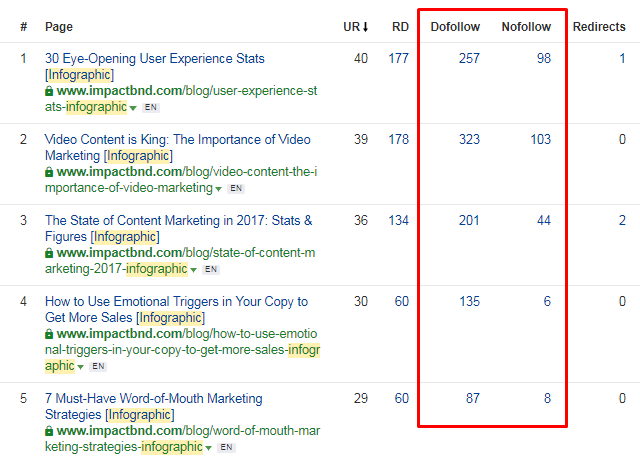
7. Make sure your content remains fresh for a long while
Newsjacking can generate some quality backlinks only when the story is in the headlines. But sure thing you need to earn them timelessly. That’s the opportunity evergreen content provides. As its main quality is long-term relevance, people link to it non-stop. First and foremost, the examples of such content include step-by-step guides or any other articles educating readers about something useful permanently.
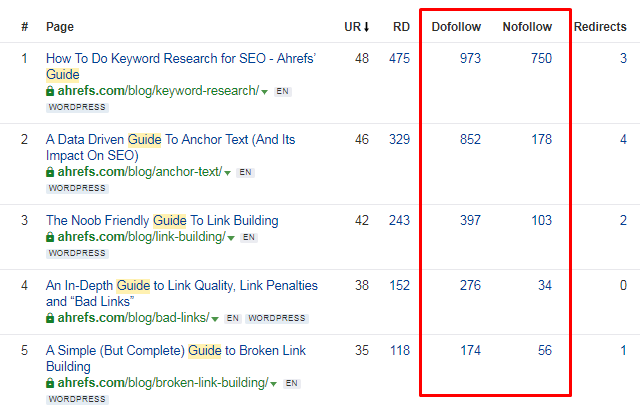
If some guidelines go out of date, you can always update your post with the timely info. Such a tactic may even help you with a traffic boost, as Google has a thing for the fresh content. Users can also see the date of the article publication right in SERP. Naturally, most of them will click to the post of 2018 rather than 2014.
8. Focus on topics no one has covered yet
Learning from competitors that made headway in your niche is no doubt a rewarding tactic. But your ultimate goal is to be ahead of the game, and imitating someone’s articles won’t work in this case. You’ll get miserable results if you reach out to bloggers and ask them to check out “just another” piece of content. Yours must be entirely different.
To find unique content ideas, visit forums, Facebook groups, Reddit, Yahoo Answers, Quora, and any other places where your audience is active. If you spot a lot of the same questions that get no clear answers, this is your goldmine. Be the first who writes a detailed article on that issue. You can even embed links to your write-up yourself on forums. Sometimes, moderators remove links, but if yours is meaningful, they won’t touch it.
9. Give away something useful for free
Bloggers have a habit of sharing useful stuff with their readers, especially if it’s free and doesn’t yield to paid items in terms of quality. It’s not difficult to run into a good product for a price. But you’ll need to turn the web upside down to find something worthy at no cost.
Providing a high-quality freebie like a free product version, you’ll get it featured in many compilations with link attribution. Moreover, since bloggers will have free access to your stuff, they may want to review it in a standalone post.
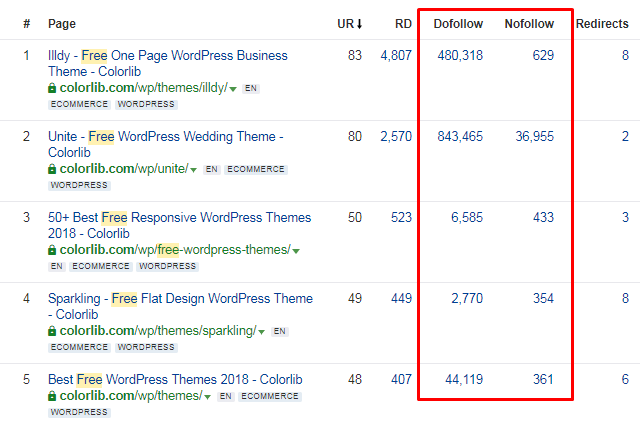
10. Present information in different formats
To reach a wider audience who can link to your content, produce it in different formats. The thing is not everyone wants to read blog posts. Some people prefer to listen to podcasts on the way to work, while others like watching webinars in the comfort of home. Bookworms are more willing to read an ebook before bedtime, while those who grasp the info visually are more into slideshows.
To get backlinks from all these people, make sure your information is available in all the major formats. For example, if you are a watcher rather than a reader, this video guide is just the job for you.
Afterword
These content strategies have proved to attract more backlinks more than others. But the fact that they work great on their own doesn’t mean you won’t have to do any extra promotion. You’ll need to spread the word about the post that’s just gone live on your site. First, reach out to bloggers that have pages with dead links and offer your content as a live alternative. It’ll be a win-win for both parties – they’ll clean their link profiles, and you’ll get a backlink.
Would you like to receive similar articles by email?





